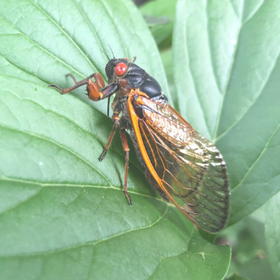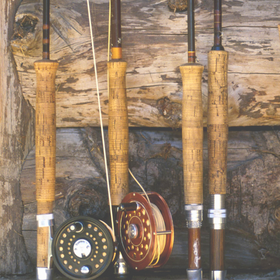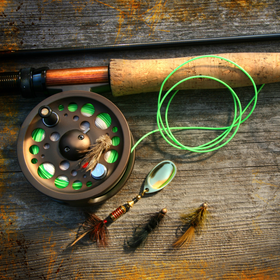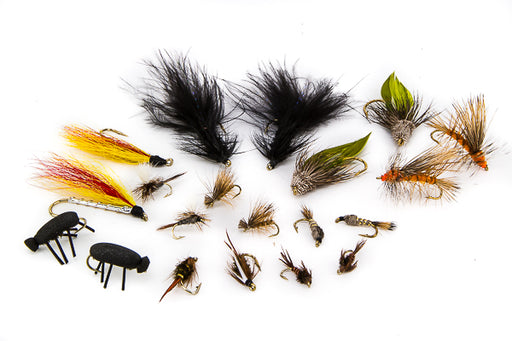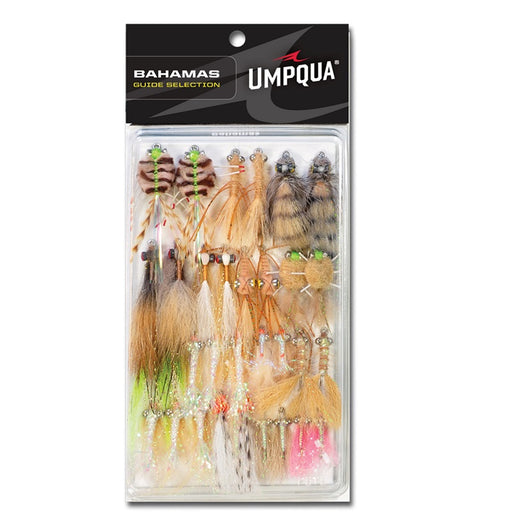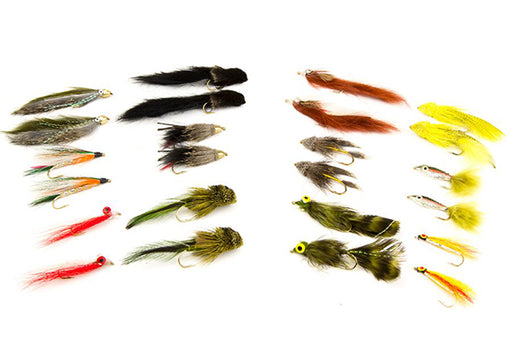
Searching Patterns and Techniques
Searching patterns seems to be the current preferred terminology, attractor patterns, is another, and there are probably more. The idea is we, the fly fisher arrive at the water, and for one reason or another we don’t know where to begin. We can’t figure out where the fish might be lying, if they are actively feeding, and if so on what. This is a common problem when fishing new water with no prior knowledge of it, or fishing familiar water during a different time of year than we normally fish. So after some time of thoughtful contemplation and careful observation we dive in, hopefully with a plan and with no other clues we reach for a searching pattern. A searching pattern is a fly designed to imitate nothing specifically and everything generically, to entice a fish to strike out of hunger, aggression, curiosity or all of the above. We, the fly fisher, sometimes don’t really care about the why it worked as long as it did. But it is important I think, to have a method, to at least tell ourselves we know what we are doing, to keep thinking of new ways to search for the fish, and change it up when necessary. It keeps us interested longer, and when something works it makes us feel like we know what we are doing, a reward for our efforts. There is a reason to cast again.
The ultimate goal of a searching pattern is of course to enable us, the fly fisher, to catch more fish. They have attractive qualities. Beginning with dry flies the most famous searching pattern is undoubtedly the Royal Wulff, big bushy white wings, reflective peacock body, with red floss, lots of color contrast. It is great for riffled water and a favorite in spring when water is high and maybe off color. The red seems to drive fish into strikes, and the convenient thing about searching with a dry fly is you can see the strikes, you have found fish and solved part of the problem with searching, the finding of the fish. Riffled water seems often to be the answer for it is a great hiding spot for fish particularly downstream from rocks which give them resting spots, especially if there are feeding lanes on either side of the rock. The fish also will hold in the tail out right below the riffle waiting for any insect that happens their way.
The Royal Wulff may prove to be too much fly for smooth glassy water, where fish have more time and better vision before striking a fly. A more accurate impression of a bug might be better. Parachute Adams cover a plethora of insect life and are rarely if ever off season. Parachutes also have the added impression of laying on the water surface aiding in hook ups of reticent trout.
Priority is usually given to dry flies when blindly searching as the nymphs and streamers can tip the fish off to your presence especially wary fish in calm water. The dry flies also give you better intel on exactly where the fish lie. But if the dry fly presentations have run their course and you are no closer to landing your first fish, than a change of tactics is in order. Beadheads revolutionized searching patterns, but like most fly fishing innovation fish have adapted. While still preferred in sub surface fast water and deep pockets, for they are bright and sink fast, in glassy water traditional nymphs tend to work better. There are many standard nymph patterns that are a must in the searching fly box, in no particular order; they are the Hare’s Ear, Pheasant Tail, Zug Bug, and Prince. There are many others, and some like Copper John have geographical legend status. Because we are casting to fish that might not be on the bite, a strike indicator is necessary to detect subtle hits.
Streamer fishing by essence is searching when it comes down to it. They not only imitate baitfish which gamefish are always on the lookout for, they also entice aggression strikes out of territorial instincts. Swinging is always a popular method and allows you to cover lots of water, especially when fishing areas of wide expanse, that don’t give many clues as to hang outs. You can also cast directly to a promising lie, and strip back to you, imparting action on the fly as you go. Good candidates for searching patterns are Muddler Minnows, Woolly Buggers, and Mickey Finn.

